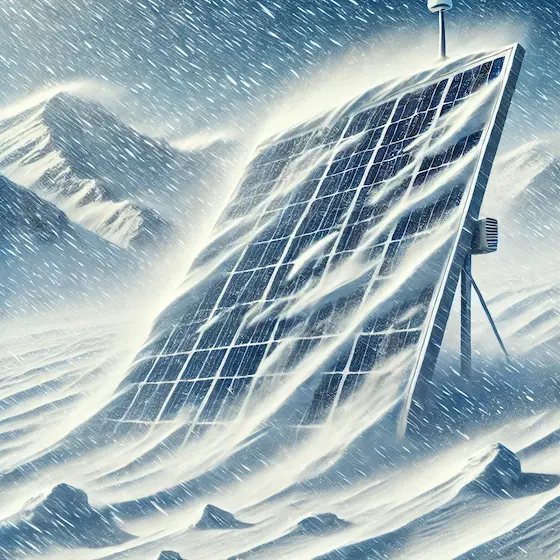Without increased investments, winter import dependency will rise strongly, making blackouts likely after the nuclear shutdown
PV addtions at current pace
Rooftop PV buildout at current speed
Slow change to current system
With slow changes and no controversial new plants, only imports are left to cover increasing demand and decreasing capacities
Demand rises over time
Electromobility and heat pumps will increase demand more than higher efficiency can offset
Winter-imports increase
Imports will fill in for the missing production in winter - as long as they can
Risk of blackouts increases
Once imports are maxed out the risk of blackouts rises strongly
Energy Mix Winter
Production
Demand
Production
2025
Total generation 32.2 TWh
2050
Total generation 27.2 TWh
Demand
2025
Total demand 36 TWh
2050
Total demand 45.5 TWh
2050 Winter
Transition Winter
The energy mix as we transition to 2050
Demand
Deficit
Import
Import atget exceeded
Storage reserve used
PV
Wind
Hydro
Biomass
Nuclear
Fossil
2025 Winter
TWh
Demand
36
Generation
32.2
Deficit
--
Import 3.8
Import
3.8
Import atget exceeded
--
Generation
32.2
Storage reserve used
--
PV 2.9
PV Roof
2.9
PV Alpine
--
PV Ground
--
Wind
0.1
Hydro 14.9
Run-of-River
6.3
Storage
8.5
Biomass 1.2
Biomass
1.2
CCS Biomass
--
Gas --
Market-Gas
--
Reserve gas power plants
--
Geothermal
--
Nuclear 12.2
Nuclear
12.2
New nuclear
--
Fossil 0.9
Existing fossil fuel power plants
0.9
CCS Fossil Fuels
--
Hard coal
--
Challenges
Deficit
In 2048 - 2050 there may be power outages.
Import target exceeded
The energy law sets a non-binding 5 TWh import target, which will be exceeded in 2033 - 2050.
High import dependency
This scenario has the highest import dependency. Lots of power from EU will be needed.
No reliable backup
No backup will be available for bad weather conditions or if EU doesn't want to export
Blackouts likely, latest 2040s
Due to missing production facilities blackouts will become more and more likely
Blackouts costly
The costs of blackouts will outweigh the lower investments made
How Resilient Is This Scenario? Put It to the Test!
The scenario above assumes normal weather and stable energy imports, but what happens when extreme conditions hit? A harsh winter or import limitations from the EU could impact production, increase demand, and even lead to power shortages. Stress-test your scenario under these challenging conditions and see how it holds up in the face of real-world uncertainties.

Costs
Total Costs, Revenues and Subsidies in CHF until 2050.
Total production costs
236 billion
Accumulated until 2050
Revenues
198 billion
Assuming an average power price of 75 CHF/MWn
Subsidies required
32 billion
Remaining costs not covered by revenues
Average cost
8.4 billion / year
The annual average of the total cost, 8.4 bn CHF per year, is less than 2% of the (estimated) Swiss GDP in 2024 (825 bn. CHF).
Levelized cost
We use Levelized costs of electricity (LCOE). Future costs may rise as cheaper plants are replaced. High demand and costly technologies like rooftop PV can further increase costs. See Expert Mode for details on technology costs.
2020s
2030s
2040s
Levelized cost (LCOE) ⌀ CHF/MWh
About the scenario developer

Axpo
Axpo is Switzerland's largest power producer and an international leader in energy trading as well as in the marketing of solar and wind power. Around 7,000 employees combine experience and expertise with a passion for innovation and the pursuit of ever better solutions. The "Business as Usual" scenario illustrates what would happen if no changes are made and the current course is maintained.
Want to know more about this scenario?
Explore detailed energy data, customize generation parameters, and create your own energy
scenario with the expert mode
Show in expert mode We want your feedback!
We’re excited to be taking Power Switcher in a new direction and would love your feedback! Let us know what’s working and where we can improve, every suggestion helps us make the tool better for you.
Share feedback Got questions about the Power Switcher or the Scenarios?
Contact us on [email protected]
Contact us on [email protected]
Methodology reviewed by ETH Zürich
